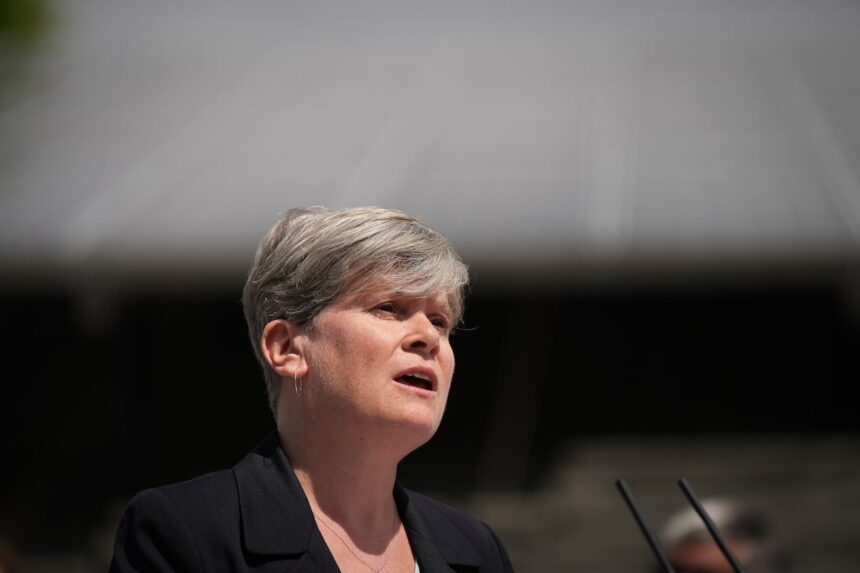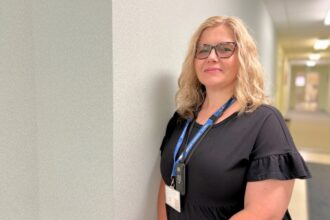In a heart-wrenching clash between medical necessity and provincial funding limitations, British Columbia’s health ministry has denied coverage for a life-changing treatment needed by Charleigh Pollock, an 11-year-old girl battling an ultra-rare genetic disorder. The decision has ignited fresh debate about Canada’s approach to rare disease treatments and the difficult choices families face when navigating our healthcare system.
Charleigh suffers from aromatic L-amino acid decarboxylase (AADC) deficiency, a condition affecting fewer than 150 children worldwide. This devastating disorder prevents the body from producing crucial neurotransmitters, leaving Charleigh unable to walk, talk, or perform basic functions independently. Her parents, Bree and Chad Pollock, have been fighting tirelessly for access to a gene therapy treatment called Upstaza, which has shown remarkable results for children with AADC in clinical trials.
“When you watch your child suffer daily and know there’s a treatment that could transform her life, but it’s being denied because of cost—it’s crushing,” said Bree Pollock in an interview from their home in Vernon, B.C. “We’re not asking for something experimental. This treatment is approved and working for other children.”
The treatment, which costs approximately $3 million per patient, was approved by Health Canada in 2023 and has been covered in other jurisdictions. However, B.C. Health Minister Adrian Dix defended the province’s decision, citing complex considerations around limited healthcare resources.
“These are extraordinarily difficult decisions,” Minister Dix stated at a press conference in Victoria. “We have established processes through the [Expensive Drugs for Rare Diseases] program that evaluate treatments based on multiple factors, including clinical evidence, cost-effectiveness, and sustainability within our healthcare system.”
The Pollocks’ struggle highlights a national inconsistency in rare disease coverage. While the federal government announced a $1.5 billion Rare Disease Drug Strategy in 2021, implementation has been slow and uneven across provinces. Health policy experts point to the need for a more coordinated approach.
“We’re seeing families forced into impossible situations,” said Dr. Eleanor Hammond, a healthcare policy researcher at the University of Toronto. “Some are selling homes, moving provinces, or launching public fundraising campaigns to access treatments that could be life-changing. This creates a system where access depends on your postal code or your ability to advocate.”
The Canadian Organization for Rare Disorders (CORD) estimates that one in twelve Canadians lives with a rare disease, yet treatments for these conditions often face higher hurdles for public coverage than more common ailments.
For the Pollock family, the fight continues. They’ve launched a fundraising campaign and are considering legal options while watching their daughter’s condition deteriorate. Medical experts who treat AADC deficiency emphasize that early intervention produces the best outcomes, making the timing of treatment critical.
As this case gains national attention, it forces us to confront difficult questions about healthcare priorities in Canada. In a system built on principles of universal access, how do we reconcile limited resources with the needs of our most vulnerable citizens? When a child’s future hangs in the balance, should cost alone determine their access to life-changing care?










